How Understanding Women’s Psychology Can Elevate Your Style

Men’s fashion is more than just clothing—it’s a powerful form of non-verbal communication. Understanding how women perceive men’s attire can provide valuable insights that enhance not only your style but also the impressions you make. By delving into the psychological factors influencing these perceptions, you can craft a wardrobe that resonates on a deeper level.
The Psychology Behind First Impressions
The Power of Visual Cues
People form first impressions within seconds, and attire plays a significant role. Women often notice:
- Well-Fitted Clothing: Indicates attention to detail and self-respect.
- Quality Materials: Suggests a sense of taste and appreciation for excellence.
- Color Choices: Different hues evoke specific emotions and reactions.
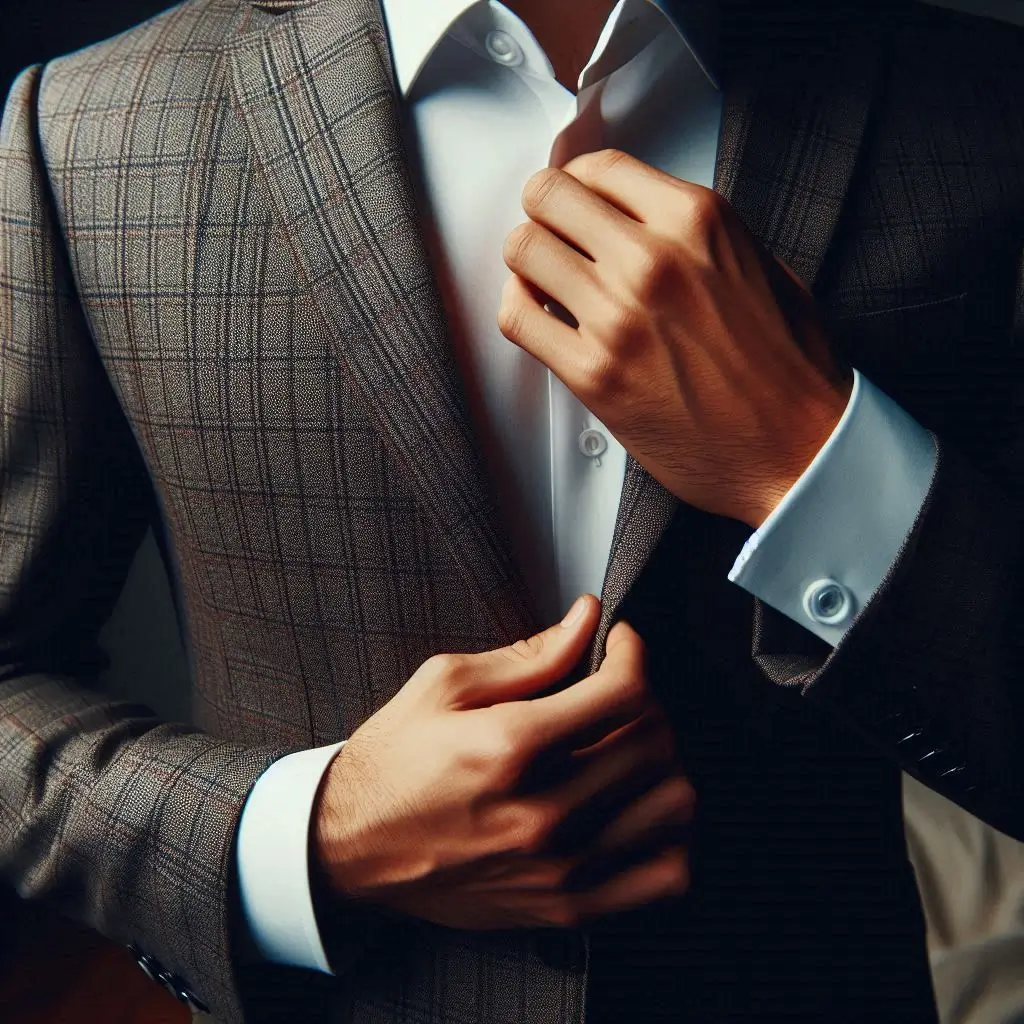
Nonverbal Communication Through Style
Your clothing choices communicate volumes:
- Confidence: Wearing outfits that suit you projects self-assurance.
- Personality: Unique styles and accessories reflect individuality.
- Professionalism: Certain attire signals success and reliability.
Understanding Attraction Factors
Evolutionary Psychology and Style
Certain fashion elements can subconsciously influence attraction:
- Status Symbols: Watches, shoes, and accessories that imply success.
- Physical Fitness: Well-fitted clothing accentuates physique, signaling health.
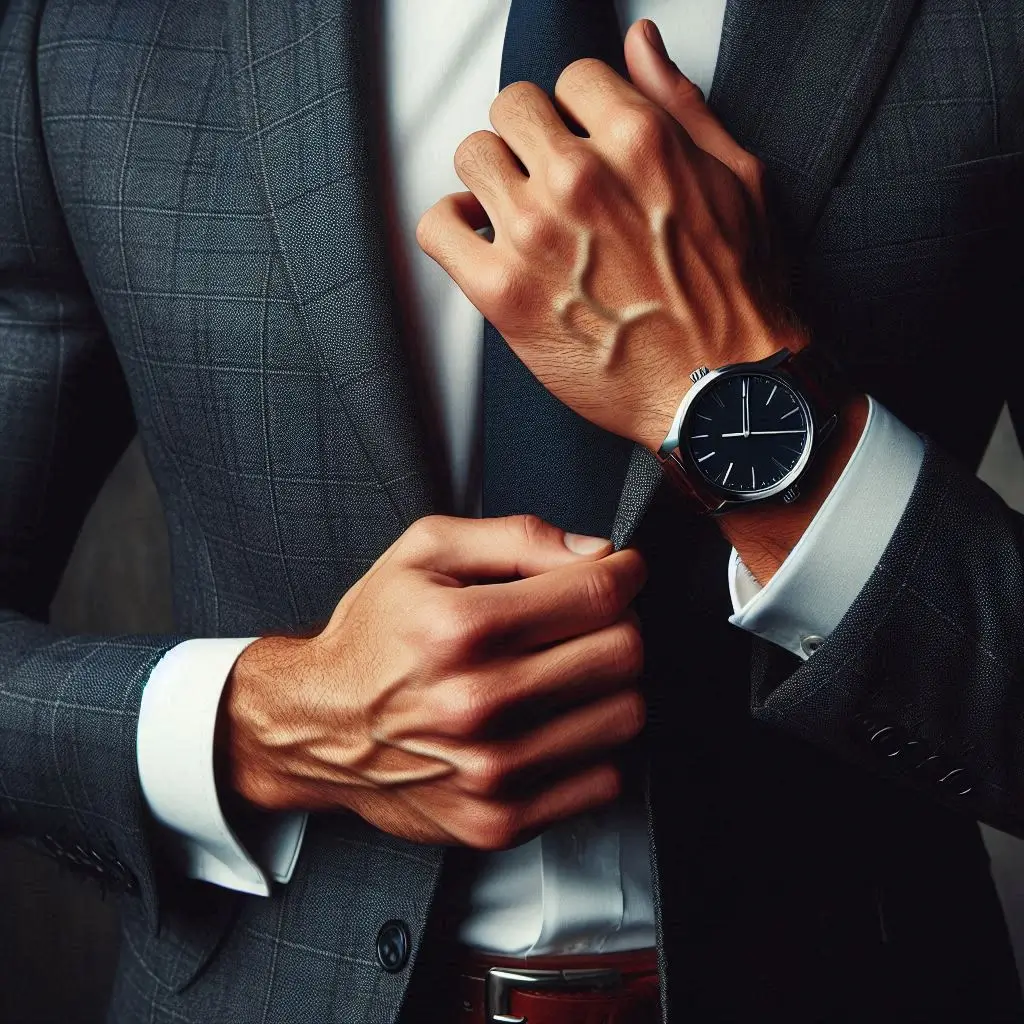
Emotional Resonance
Clothing can evoke emotional responses:
- Warmth and Approachability: Soft fabrics and relaxed styles make you seem more accessible.
- Intrigue: Unique accessories or bold patterns spark conversation.

The Subtleties Women Notice
Grooming and Personal Care
Attention to grooming enhances overall appeal:
- Skincare: Clear, healthy skin reflects self-care.
- Hair and Beard Maintenance: Well-styled hair and neatly trimmed facial hair are appealing.
- Fragrance: A subtle, pleasant scent can leave a lasting impression.
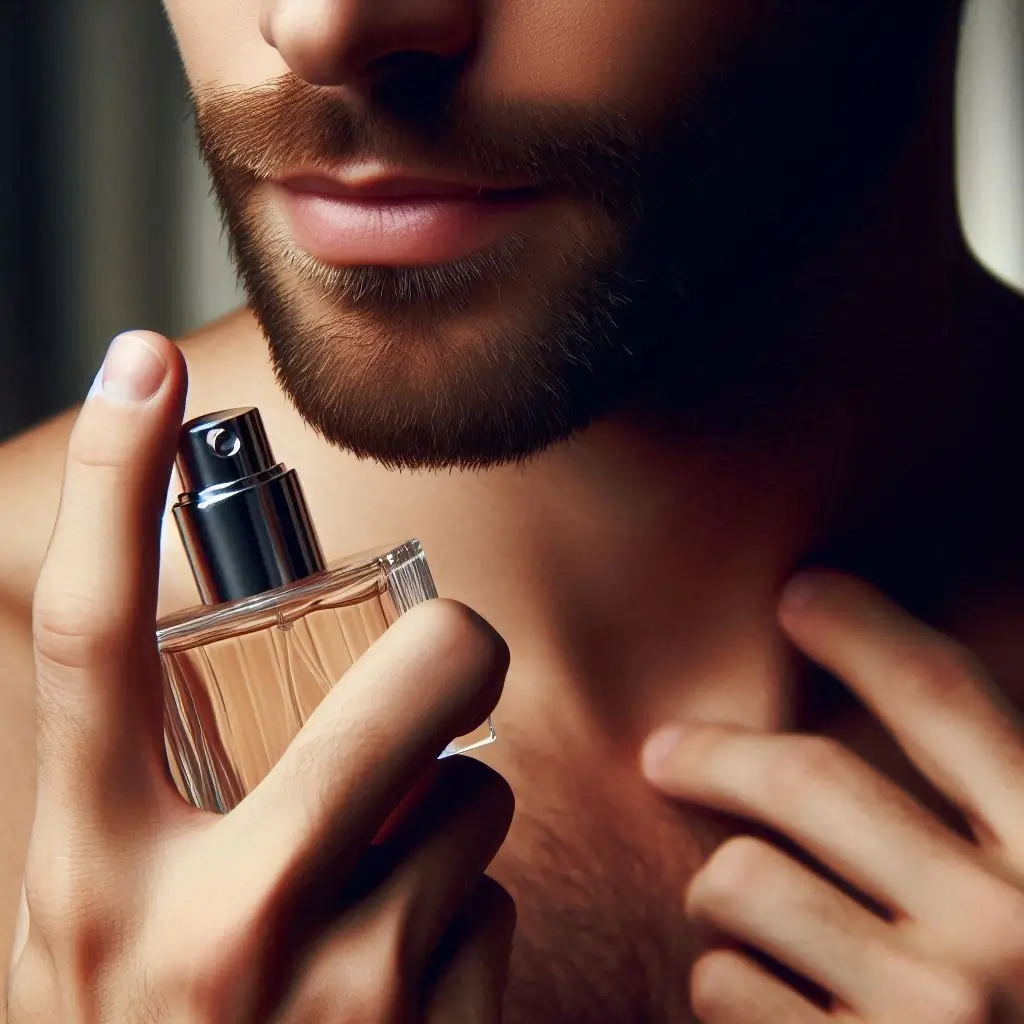
Thoughtful Accessorizing
Accessories can elevate an outfit:
- Watches: A timeless piece adds sophistication.
- Jewelry: Minimalist rings or bracelets enhance style without overpowering it.
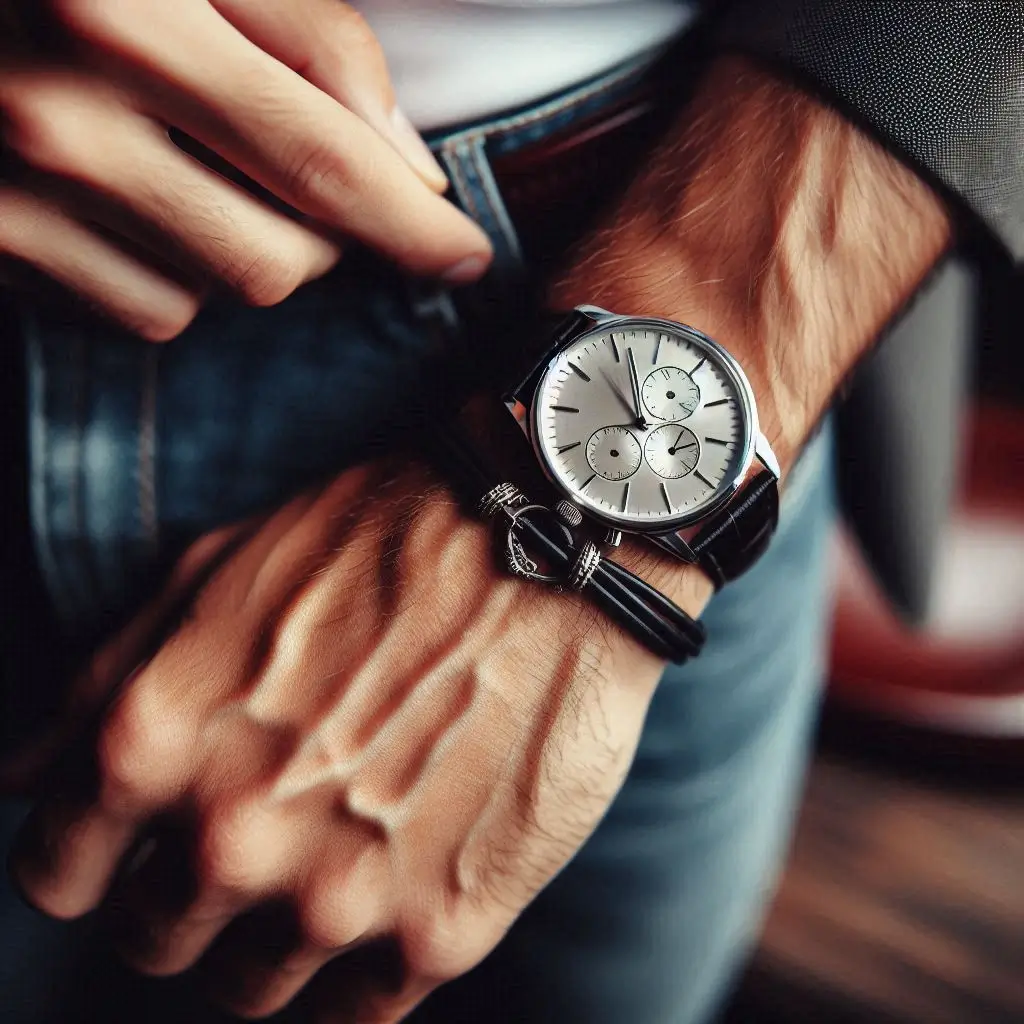
The Role of Social and Cultural Factors
Social Proof in Fashion
Dressing well can imply social savvy:
- Trend Awareness: Keeping up with current styles shows adaptability.
- Cultural Sensitivity: Respecting dress codes in different settings demonstrates awareness.
Psychological Impact of Colors and Patterns
Color Psychology
Colors influence mood and perception:
- Blue: Associates with trust and calmness.
- Red: Signifies passion and confidence.
- Gray: Conveys neutrality and sophistication.
Patterns and Textures
Adding variety to attire:
- Subtle Patterns: Stripes or checks add interest without overwhelming.
- Rich Textures: Materials like wool or linen provide depth.
Building a Versatile Wardrobe
Essential Wardrobe Pieces
Invest in timeless items:
- Tailored Suit: Versatile for many occasions.
- Quality Footwear: Dress shoes and clean sneakers.
- Classic Shirts: Solid colors and subtle patterns.
Sustainable Fashion Choices
Consider the impact of your purchases:
- Ethical Brands: Support companies with fair labor practices.
- Eco-Friendly Materials: Opt for organic cotton or recycled fabrics.
Emotional Intelligence Through Style
Dressing Appropriately for Occasions
Shows respect and understanding:
- Formal Events: Adhering to dress codes.
- Casual Settings: Relaxed but put-together looks.
Expressing Authenticity
Your style should reflect who you are:
- Personal Touches: Incorporate elements that have personal significance.
- Confidence in Individuality: Embrace unique styles.
Practical Tips for Enhancing Your Style
Seek Feedback
Gain perspectives to refine your style:
- Consult Female Friends: Honest opinions can be invaluable.
- Professional Advice: Stylists offer expert guidance.
Continuous Learning
Stay informed and inspired:
- Fashion Media: Follow magazines and blogs.
- Observe Trends: Note styles that resonate with you.
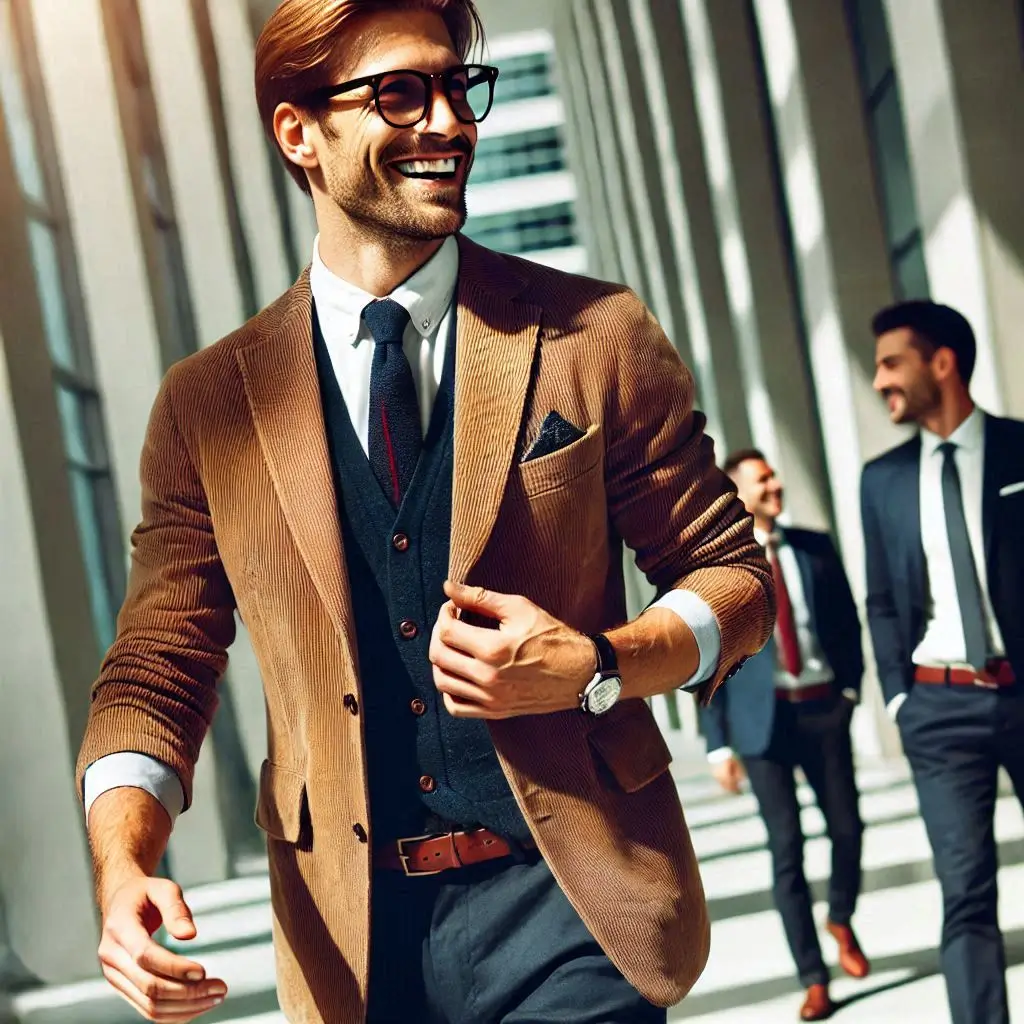
At Ethnotex Private Limited, we understand the profound connection between psychology and fashion. By embracing these insights, you can elevate your style to new heights.
For professional sourcing and production support for your brand, reach out at antor@antor.xyz or visit antor.xyz.
Let’s collaborate to create fashion that not only looks exceptional but also resonates on a deeper psychological level.
References
- Willis, J., & Todorov, A. (2006). First Impressions: Making Up Your Mind After a 100-Ms Exposure to a Face. Psychological Science, 17(7), 592-598.
- Elliot, A. J., & Maier, M. A. (2014). Color Psychology: Effects of Perceiving Color on Psychological Functioning in Humans. Annual Review of Psychology, 65, 95-120.
- Cialdini, R. B. (2009). Influence: Science and Practice. Pearson Education.
- Niinimäki, K. (2010). Eco-Clothing, Consumer Identity and Ideology. Sustainable Development, 18(3), 150-162.
- Buss, D. M. (1989). Sex Differences in Human Mate Preferences: Evolutionary Hypotheses Tested in 37 Cultures. Behavioral and Brain Sciences, 12(1), 1-14.
By integrating these psychological insights into your approach to fashion, you’re not just enhancing your wardrobe—you’re communicating more effectively and making lasting impressions.
I do believe all the ideas youve presented for your post They are really convincing and will certainly work Nonetheless the posts are too short for novices May just you please lengthen them a little from subsequent time Thanks for the post.
Hi Jacques,
Thank you for your thoughtful comment! I’m glad to hear you found the ideas convincing and useful. I appreciate your feedback about the length of the posts. I’ll certainly take your suggestion into consideration and aim to provide more detailed content in future posts. If you have any specific topics you’d like to see expanded, feel free to reach out to me at antor@antor.xyz. Thanks again for your input!
Best regards, Antor
Yassıören su kaçak tespiti Son Dakika Yardımı: Son dakika aramamıza rağmen hemen yardımcı oldular. https://www.turkiyeninteknikservisleri.com/uskudar-tesisatci-116
Thank you for sharing your experience! It’s great to hear that you received prompt and effective assistance even at the last minute. If you have any further questions or need more help, feel free to reach out to me at antor@antor.xyz. Glad to be of service!
Best regards, Antor
world of guns все открыто на пк https://apk-smart.com/igry/simulyatory/1585-world-of-guns-gun-disassembly-vzlomannaja-mod-vse-otkryto.html world of guns все открыто на пк
P.S Live ID: K89Io9blWX1UfZWv3ajv
P.S.S Программы и игры для Андроид телефона Программы и игры для Андроид телефона Программы и игры для Андроид телефона 7_57ed5